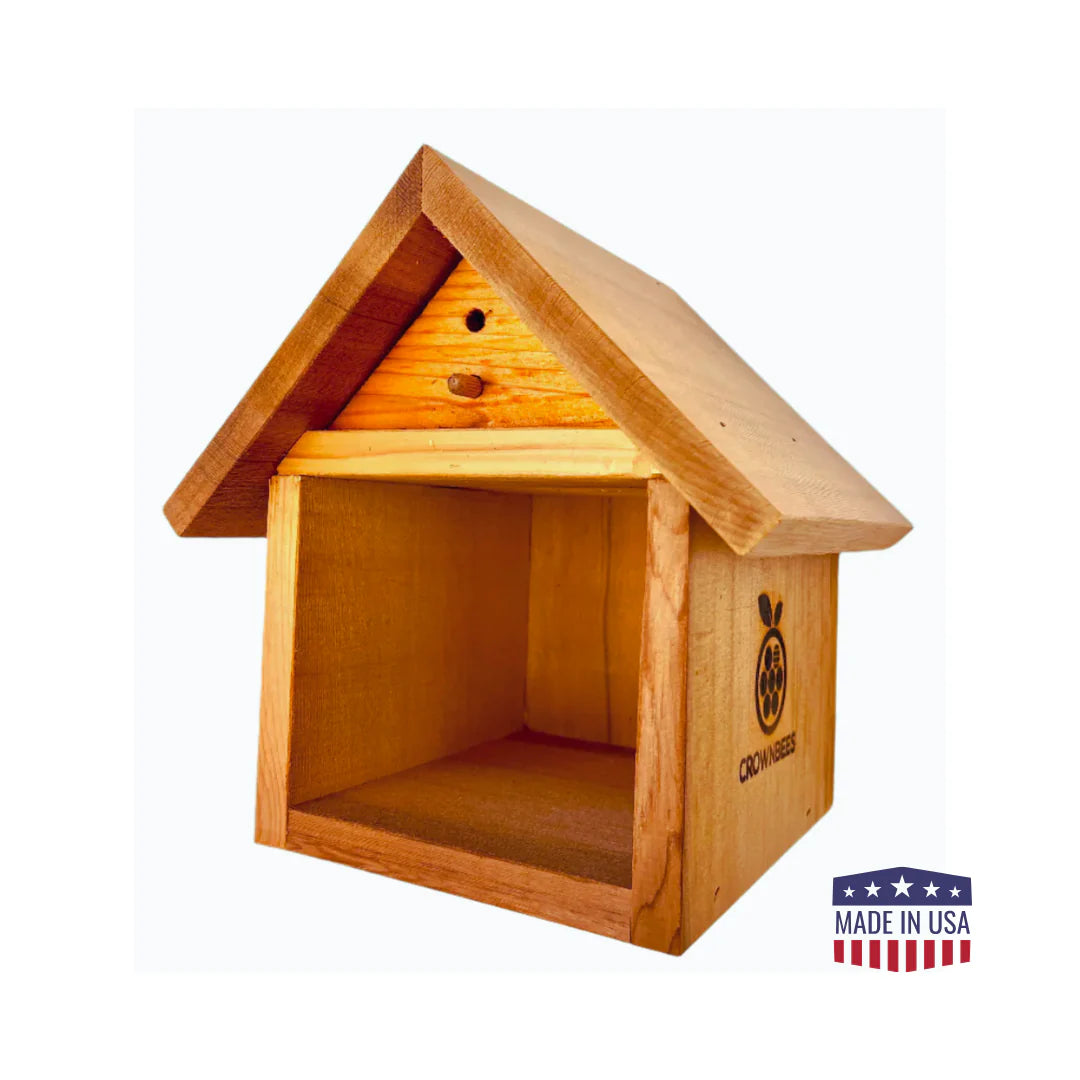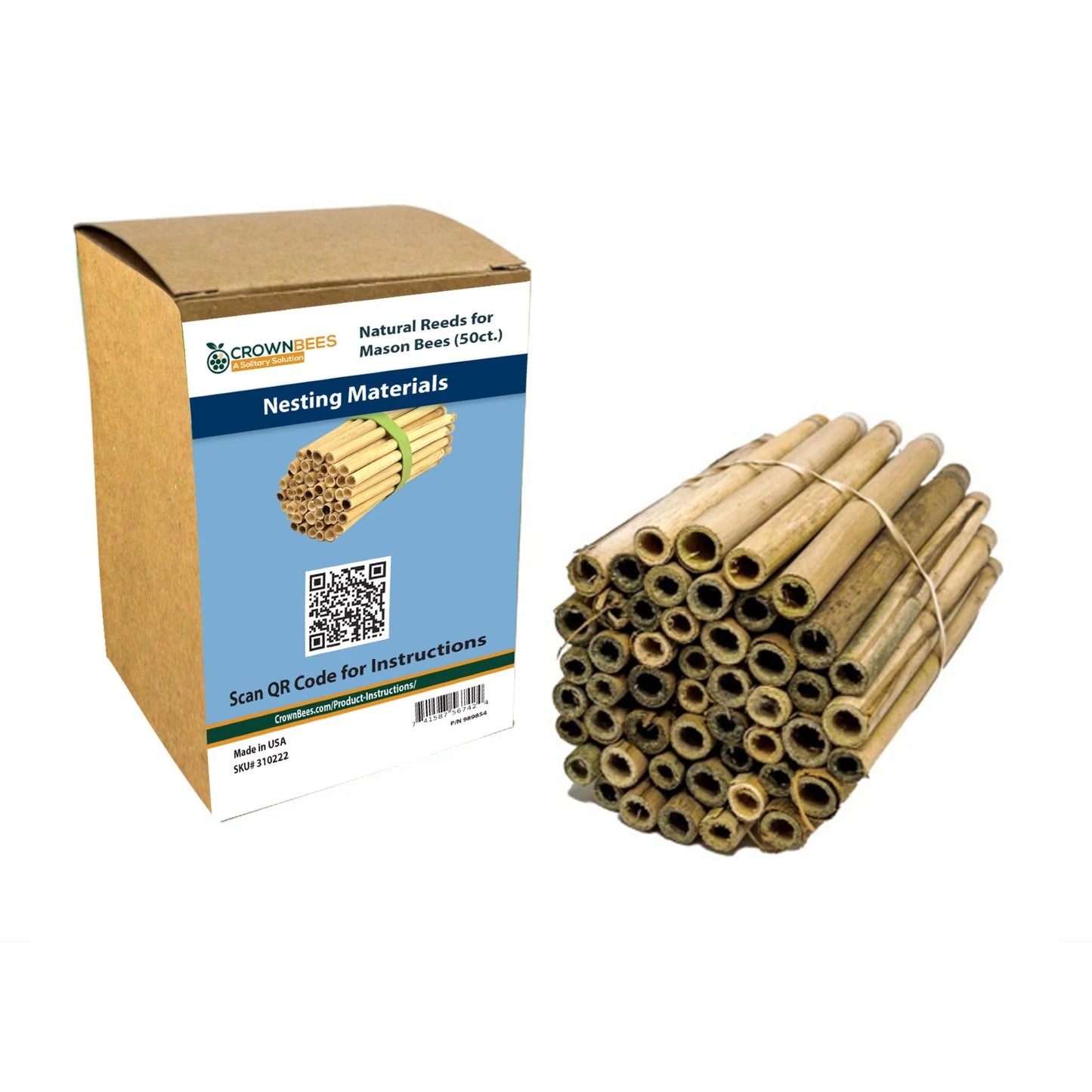
Growing food in your own backyard is an excellent way to reduce stress, save money, lower pollution, and improve your community’s food security
Working with soil has also been shown to reduce depression and enhance your mental health while you learn new skills. Gardening with children is full of opportunities to learn about many subjects like ecology, biology, chemistry, and art.
Our goal is to cover the key decisions in the planning process to make building your own victory garden easy for new gardeners. Remember to relax and experiment as you learn what works best for you.

Garden Site Conditions
Start by taking a look at your garden’s location choices. Keep in mind that a food garden that is easy to see and access will mean less work for you in the long run.
Sunlight is the most important factor in helping your plants grow well. Chose a spot that gets the most sunlight throughout the day and keep in mind that your front or side yard might be the best choice. If your location is shady, select plants that grow well in shade or that have been bred for short-season locations.
Use this map to determine your hardiness zone. Knowing your location’s zone will help you pick the plant variety that will thrive in your area.
I highly recommend a raised bed garden since most grass lawns don’t offer enough nutrition for food plants. Design your garden bed to be under 4 feet wide so you’ll be able to harvest easily from the middle. Plan to continue to build the soil in your raised bed with fallen leaves, compost, and some grass clippings.
You can also easily start your garden in containers like 5-gallon buckets or reuse large nursery pots.
Grow What You Eat
Eating what you grow yourself is highly rewarding and you’re more likely to enjoy gardening if you plant your favorite foods. Keep in mind your long-term food storage plans like drying (in the sun requires the least amount of energy), canning, or freezing.

Grow Calories: Root Vegetables
Your victory garden should include at least one high-calorie crop like potatoes, which most people find tasty and are easy to grow in a raised bed or container. Sweet potatoes are also easy to grow but they do need a longer growing season and more sunlight.
Pro Tip: You will harvest your potatoes after they are done flowering and begin to die back. Summer leafcutter bees can help you grow more potatoes as their pollination sends hormonal signals throughout the plant!
Garden Design: A Gift from the Three Sisters
The Three Sisters garden is a companion planting of corn, peas or beans, and squash and it’s an ancient Native American design method that takes advantage of each plant’s strengths. The wisdom of this garden design can inspire us to make the most of our garden space.

Vertical Structure – Corn
Pick your favorite type like sweet (eaten fresh), popcorn (dried first), or flour (dried and then milled). Colored or multi-colored corn can be higher in vitamins and minerals and they are fun to grow. Corn will pull a lot of nutrients out of the soil so plan to amend the soil and I highly recommend crop rotating.
Plant your corn first and let it grow to several inches tall before planting peas or beans. Plan to create at least two plantings to allow the corn plants to wind pollinate. Your location might not be able to support corn, so use a trellis to support your vining plants.
Nitrogen Fixers – Peas or Beans
Plants in the legume family have a unique symbiotic relationship with a bacterium in their roots that is able to take nitrogen from the air and “fix” it to the soil for next season. Peas and beans are a good source of protein and they can easily be dried and stored in mason jars. You can also harvest and eat fresh pea shoots and green beans.
Ground Cover – Squash or Melons
The large and low-growing leaves of squash and melon perform two important functions. They keep the soil moist, which conserves water and reduces the runoff of nutrients. They also work well as physical barriers to keep weeds out. The prickly texture of their leaves can even keep some animals out of your garden.
You can make a succotash out of your homegrown corn, beans, and squash and this dish is a great meat-free source of protein. Plant some tomatoes and you’ll have a colorful and healthy meal.
The lessons from this garden design can be modified in many creative ways, including perennial plants like using strawberries as a ground cover. Remember to make your garden bee-friendly by planting lots of blooms and avoid lawn care chemicals, which can deter or harm bees.
Pro Tip: Leafcutter bees fly in warm summer months and will help you grow more summer veggies and fruits! For spring-blooming fruit, raise our spring mason bees!
We hope this blog post inspired you to start your victory garden adventure!


